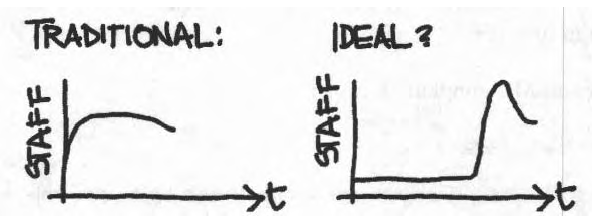--Originally published at Erick learning experience
This second partial was a lot different from the first one, first because the COVID-19 so all the classes became online, for some people this change was very challenging because they don’t have the sufficient self control to make all their works from home because at home, you have a lot more distractions and you have the computer in front of you instead of a teacher in the same place as you are, so thanks to that I learned how to work better at home while taking classes without distractions.

Another thing this partial change compared to the last one was the dynamics of the classes, I consider this second partial was very helpful because we heard experiences of people that are already working and doing well and how they started in that world. These things are important because at the Tec de Monterrey we learn how to do some basic things about programming, but we have to start making our own experiences first to know what we want to become at the future and learn more things about what we are doing instead of only learn from the classes because as the guest speakers said you learn a lot more when you are doing the things at work than in the school.

So in general the things I consider the most important and where the majority of guest speakers agree on are first making contacts, I am a person that I like to make thing alone but I have to change this mindset because the majority of the opportunities you have in a professional career are thanks to the contacts you have, because you can be very good at something but if nobody knows you is very difficult to have opportunities at work. So to improve this I decided














